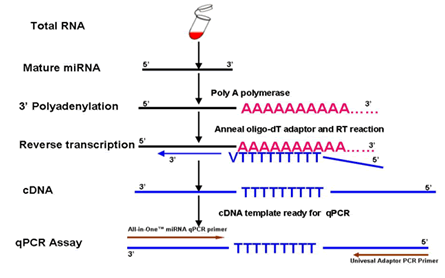

Development of an immunomagnetic separation (IMS) multiplex touchdown PCR (IMS–multiplex TD–PCR) assay for simultaneous detection and distinguishing of C. The simple, accurate, and rapid detection of foodborne pathogens is essential for public health. The results of the nucleotides comparison show that the field strains have more homology to the vaccine strain Onderstepoort and according to phylogeny, it would belong to the America 1 lineage. Additionally, a phylogenetic tree was built for this variable region. These sequences were compared with vaccine strains and with field strains of known lineages. With this purpose, a chain-reaction of the polymerase with reverse transcription, capable of amplifying this variable region, was implemented and identified through its nucleotide sequence. In order to determine the variability of the field strains in comparison with the vaccines and strains from other lines, in this dissertation the genomic variability of the Fsp region from the canine distemper virus fusion protein gene is analyzed. Recently, new studies have reported greater variations in the amino acidic sequence of a region in the fusion protein. The canine distemper virus lineages circulating in the world have been described based on the hemagglutinin analyses, due to its high degree of genetic variability. However, in the past few decades it has been observed worldwide a rising number of cases even in vaccinated animals. The introduction of live attenuated-viral vaccines has helped to maintain the disease under control. The Canine Distemper is one of the main infectious diseases in domestic dogs. It has depicted a resistant gene's presence and showed the rising trend of resistance in pathogenic S. Conclusion: The study is the first report the presence of resistance mecA gene in the hospitalised patients of Islamabad. PCR of all the twelve extracted DNAs of isolates showed the frequency of the mecA gene in all the isolates. Colony PCR by 16S r RNA analysis results revealed 97 (99.9%) homology of isolates with S.aureus. Results: Results showed 51 (52.7%) MSSA and 45 (47.4%) MRSA among all the isolates. Then primers were designed for the presence of the mecA gene of S. The extraction and concentration of DNA were done by the CTAB and Nanodrop methods. The degree of resistance was further evaluated for 12 isolates based on the previous MRSA resistance pattern. Six highly distinguished colonies were further evaluated through colony PCR by 16S r RNA analysis, and results revealed 99.9% homology of isolates with S.aureus. The overall frequency of S.aureus was 19.5% in all the isolates. All the isolates were further characterised by gram staining, catalase test and DNAse media analysis validating the presence of S.aureus. aureus in the hospitalised patients of Islamabad, 500 samples were collected. Methodology: To explore the occurrence of pathogenic S. Place and Duration: Pakistan Institute of Medical Science, Islamabad, Pakistan, from Sep 2017 to Sep 2018. Objective: To determine the molecular diversification and frequency of mecA Gene in MRSA infections of hospitalised patients at Islamabad, Pakistan.


 0 kommentar(er)
0 kommentar(er)
